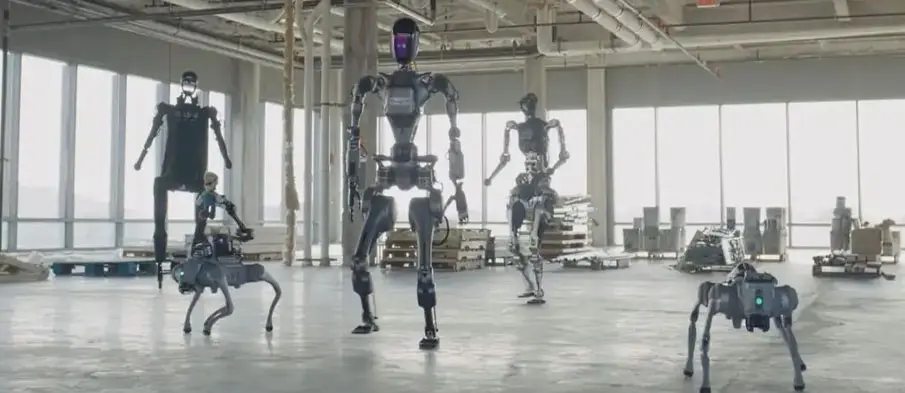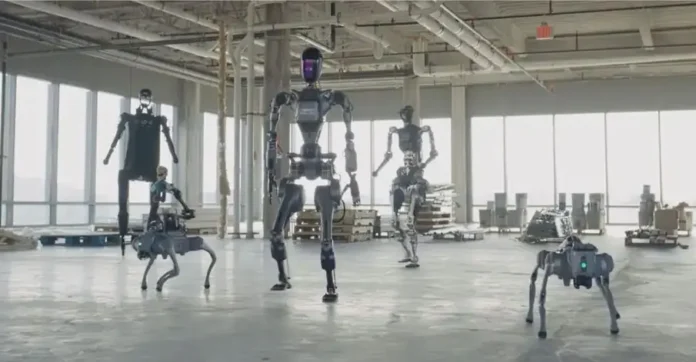
San Francisco: Robotics startup Skild AI, backed by Amazon and SoftBank, has launched Skild Brain, a foundational AI model designed to enable robots—from industrial arms to humanoid forms—to operate with unprecedented adaptability and spatial intelligence.
In live demonstrations, robots running Skild Brain were observed navigating complex environments: climbing stairs, balancing after sudden shoves, and identifying and retrieving objects from clutter—tasks that have long challenged traditional robotics systems.
“Unlike language or vision, there is no data for robotics on the internet. So you cannot just go and apply these generative AI techniques,” said Deepak Pathak, CEO of Skild AI, in an exclusive interview with Reuters. To address this limitation, the startup relies on simulated environments and human action videos to train its models, augmented by real-world data collected from every robot using the system.
This approach creates what Skild calls a “shared brain”—a constantly evolving knowledge base that enables robots to learn collectively and improve their capabilities over time. “This continuous learning loop,” co-founder Abhinav Gupta explained, is central to Skild’s model, allowing it to adapt rapidly to new tasks and environments.
Safety remains a critical focus for the company. Skild Brain includes inbuilt safeguards such as power thresholds to prevent excessive force—a necessary feature as robots begin operating in dynamic, real-world settings.
With support from Sequoia Capital, Khosla Ventures, Lightspeed Venture Partners, and early clients like LG CNS, Skild AI is gaining traction across sectors. “Skild’s approach allows robots to add new capabilities across different industries quickly,” said Raviraj Jain of Lightspeed.
Despite the challenges of scaling hardware-intensive businesses, Skild AI’s $1.5 billion valuation underscores growing investor confidence in a future where robots are no longer limited to repetitive or narrow tasks, but can evolve, learn, and perform like humans across diverse scenarios.





